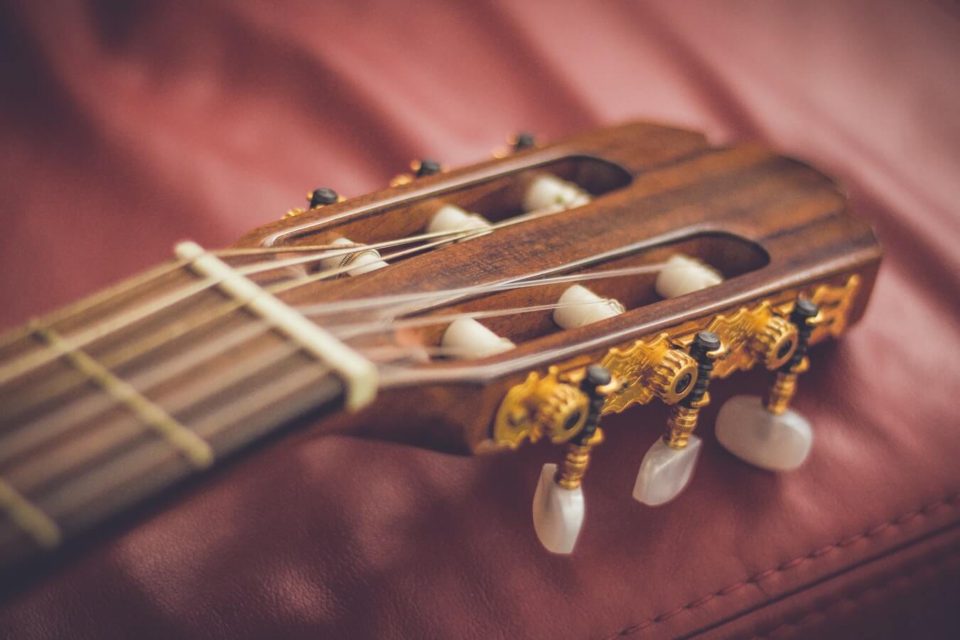If you are planning a vacation to the Caribbean, you may be wondering, What kind of music is played in the Caribbean! There are many styles and genres of music from which to choose, and you may not even know where to start! You can listen to Reggae, Lovers rock, Calypso, and more! And if you can’t decide what to listen to, you can always check out some of these playlists on Spotify! There is also a lot of Caribbean music Brooklyn NY!
Calypso
CALYPSO music originated in the early to the mid-19th century in the Caribbean nation of Trinidad. Originally derived from a West African musical genre called kaiso, Calypso soon spread throughout the Caribbean Antilles and eventually Venezuela. The early calypsos were sung in French Creole by an individual known as a griot or chantuelle. Later, calypso musicians became known as chantuelle and calypsonians.
The first recorded Calypso was recorded in 1912 by Lovey’s String Band, visiting New York City. The following year, the iron-duke Julian Whiterose recorded the first Calypso in English, ‘Hot. Hot.’ The song was translated into several languages and performed by many artists worldwide. Unfortunately, calypso was not recorded during World War I. After World War I, recordings of calypsos did not begin until the 1920s.
Zouk
The history of zouk dates back to the mid-to-late twentieth century, when the tiny island of Martinique, with its sister island Guadeloupe, experienced worldwide fame with the zouk. Its popularity was particularly intense in France, where it gained international recognition. It also became a symbol of identity for the islands, whose origins lie in traditional folk music from both islands and the pan-Caribbean calypso tradition.
The name zouk has controversial origins. The word is thought to be derived from the Polish dance “mazurka,” which was initially introduced to the French Caribbean in the nineteenth century. In addition, it could be derived from the French verb “secouer,” meaning to shake intensely, which was used by Haitian musicians in the French Antilles in the late 1970s. However, the style’s name has evolved and is still widely played throughout the Caribbean today.
Reggae
The history of reggae has many facets. It originated in the Caribbean and was influenced by enslaved Africans. The French colonizers brought enslaved people from Africa to the islands of the Caribbean, and this music style derived from West African traditions. Soldiers also used cast-off materials during the Second World War to create musical beats. The music of Jamaica eventually evolved into ska, and reggae continued to grow as ska incorporated blues and New Orleans influences. The word ‘reggae’ is derived from ragged clothes and is synonymous with the music’s syncopated beats.
Drums in reggae are usually categorized into three basic types. First, one-drop drumbeats emphasize the backbeat and are played on the snare or a side-stick combined with the bass drum. Most drums are empty, except for a closed high hat, which is unusual in modern popular music. Finally, it is essential to count the beat, which means that the rhythm falls between two and four. Listen to a Bob Marley and the Wailers song, and you’ll notice that reggae drums have a very distinct sound.
Lovers rock
The film “Lovers Rock” was inspired by the music of the 1970s Caribbean diaspora and had an authentic Caribbean feel. It’s a glimpse into the nightlife in the Caribbean, where the diaspora shunned the clubs and instead hosted blues parties at their homes. “Lovers Rock” features a rousing soundtrack, with songs like “Silly Games” by Janet Kay laced and exuded sensual tones throughout the film.
Lover’s rock is a subgenre of reggae that celebrates romantic love. Artists such as Dennis Brown, Gregory Issacs, and Maxi Priest have made this genre popular. Unlike roots reggae, which is associated with politics, lovers’ rock rarely deviates from the underlying politics of romantic love. Lovers Rock emerged in the UK cultural milieu of Caribbean people and is now enjoyed worldwide.
Steelpan
Trinidad’s steel pan music groups play traditional and Calypso songs as part of its carnival celebrations. The Panorama competition, which pits the country’s top steel orchestras against one another, is the highlight of Trinidad Carnival. The competition is considered the “Greatest Show on Earth,” and the Trinidad government has not yet decided whether the country will be hosting it in 2022. However, it is still a popular form of Caribbean music.
The Panorama was a staple of Trinidad’s steel band repertoire during the late twentieth and early twenty-first centuries. However, in the early 21st century, steel bands started playing “own tunes,” pieces written by ensemble arrangers. The first steel band to win Panorama with an “own tune” was Phase II Pan Groove. Later, many steel bands embraced this practice, giving themselves more creative control. In addition, many calypso singers also recorded their tunes.

